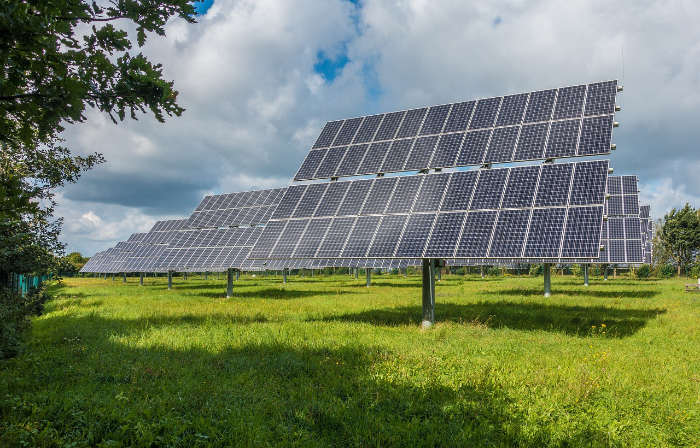Jute Production by Country 2025

0
1,000
2,000
3,000
4,000
5,000
6,000
7,000
8,000
9,000
10,000
11,000
5 Countries that Produce the Most Jute
Country | Jute Production 2022 (t)↓ | |
|---|---|---|
| Uzbekistan | 10,747 | |
| Vietnam | 4,550 | |
| China | 4,093 | |
| Bhutan | 3,999 | |
| India | 2,793 | |
| Egypt | 2,553 | |
| South Sudan | 2,368 | |
| Bangladesh | 2,120 | |
| Thailand | 1,953 | |
| Peru | 1,440 | |
| Nepal | 1,420 | |
| Brazil | 1,400 | |
| Pakistan | 1,120 | |
| Myanmar | 1,098 | |
| El Salvador | 851 | |
| Cambodia | 836 | |
| Zimbabwe | 609 | |
| Cameroon | 341 | |
| Total | 44,288 |
- Production totals are presented in tonnes, also known as metric tons. One tonne = 1,000 kg, or approximately 2,204.6 lbs.
Jute is a strong, highly versatile fiber with many possible uses and applications, including industrial textiles and durable fiber bags. Also sometimes referred to as “the golden fiber” for its sheer utility and sustainability, jute is an important cash crop for many countries around the world.
Here’s a closer look at which countries were the world leaders in 2023’s jute market, as well as an overview of some key factors that might impact a country’s ability to grow and export jute.
Top Jute-Producing Countries
The vast majority of the world’s jute comes from the Ganges Delta, a prime growing region in Southern Asia that India and Bangladesh share. Collectively speaking, jute grown and harvested in this particular region makes up around 85 percent of global stores. That said, major players in the worldwide jute market throughout 2023 are as follows.
India
Thanks to its access to the Ganges Delta, the world’s peak jute-producing area, India consistently produces the most jute and jute-derived products in the entire world – around 1.97 million tons every year. Most of this production takes place within the productive Indian state of West Bengal.
Bangladesh
Also with key access to the Ganges Delta, Bangladesh closely follows India when it comes to worldwide jute production. In fact, the jute industry has been a key component in the country’s economic growth over the years, supported by a combination of local markets and robust export demand.
China
Although still not as productive when it comes to jute as India or Bangladesh, China has been evolving quickly when it comes to the global jute market and is considered a major player in 2023. Like other countries leading the jute industry worldwide, China benefits from both local and international demand for jute and jute products.
Other countries that consistently produce and export large quantities of jute include but are not limited to Myanmar, Nepal, Kenya, and Thailand.
Factors That Affect Jute Production by Country
As with any crop, key agriculture-related factors like location, soil quality, and local climate are critical when it comes to a particular country’s ability to produce and export jute. Additional potential factors include the following:
Tech Access: Access to modern technological advances and farming techniques can considerably affect yield and impact a country’s long-term jute-producing capacity.
Labor Availability: The process of growing, harvesting, and cultivating jute is extremely labor-intensive, so top jute producers need ample access to qualified labor forces.
Government Policies: Existing policies and government-led incentives – like subsidies and available research funding – will impact a country’s potential annual jute production, as well.
























